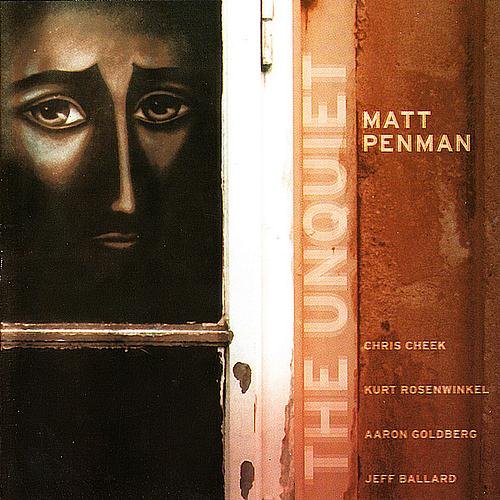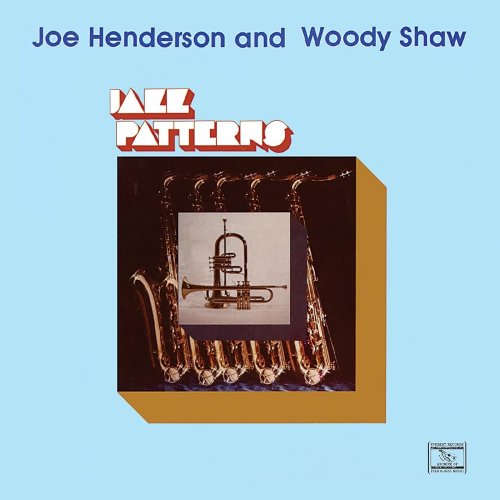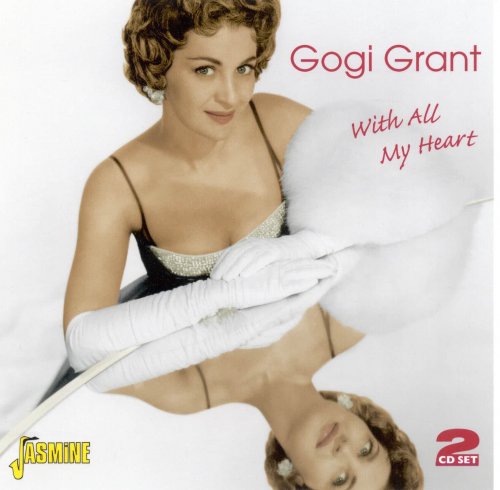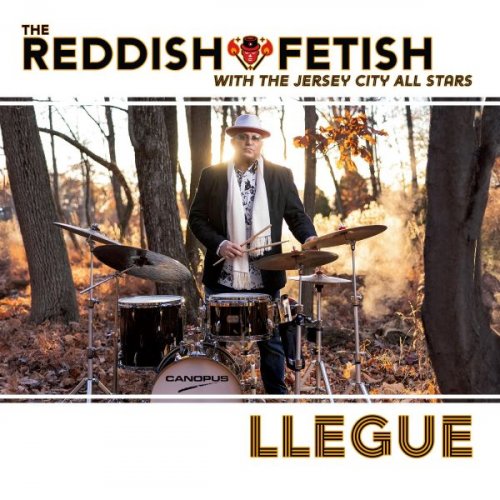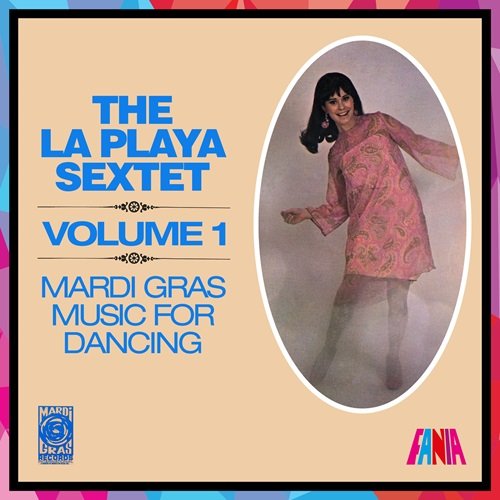Quinsin Nachoff - Stars and Constellations (2023)
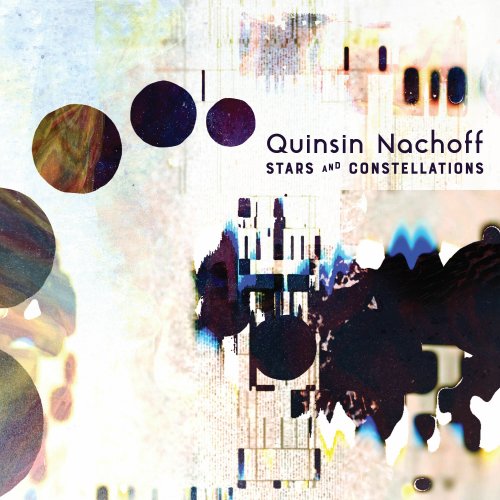
Artist: Quinsin Nachoff
Title: Stars and Constellations
Year Of Release: 2023
Label: Adhyâropa Records
Genre: Jazz
Quality: 320 kbps | FLAC (tracks)
Total Time: 00:52:40
Total Size: 121 mb | 288 mb
WebSite: Album Preview
Tracklist:Title: Stars and Constellations
Year Of Release: 2023
Label: Adhyâropa Records
Genre: Jazz
Quality: 320 kbps | FLAC (tracks)
Total Time: 00:52:40
Total Size: 121 mb | 288 mb
WebSite: Album Preview
01. Quinsin Nachoff - Stars and Constellations: Scorpio
02. Quinsin Nachoff - Pendulum
03. Quinsin Nachoff - Stars and Constellations: Sagittarius
We’re taking a bit of a calculated risk with this one, realizing that writing about classical music on these pages will turn most readers away. Yet, we did cover composer and saxophonist Quinsin Nachoff’s 2020 Pivotal Arc on these same pages, so why not inform you about Stars and Constellations? This new project features his chordless trio with Nachoff as tenor saxophonist with bassist Mark Helias (returning from the previous album), and drummer Dan Weiss, the trio that goes by the name Ethereal Trio. They are paired against the Bergamot Quartet, comprised of violinists Ledah Finck and Sarah Thomas, violaist Amy Humei Tan and cellist Irene Han. The additional string quartet The Rhythm Method of violinists Josh Henderson and Erica Dicker, violaist Leah Asher and cellist Meaghan Burke augments on “Pendulum,” the middle piece of the three. The project is essentially a score for a multimedia work in collaboration with physicist Dr. Stephen Morris, whose area of research is Emergent Patterns in Nature combined with filmmakers Udo Prinsen, Gita Blak, Lee Hutzulak, and Tina de Grott. The score mashes jazz improvisers with chamber music, thereby forming the bridge between jazz and classical.
In one sense Nachoff is revisiting his 2006 effort, Magic Numbers, where he first introduced this juncture of jazz and classical. Yet while that album had rather precise through-compositions and boundaries, here they are are also highly structured but less concerned with boundaries, by design making it difficult at times to know which is which. If this, especially with the involvement of a physicist, sounds too esoteric, we can all relate in some way to stars and constellations, so you’d benefit by letting the music stir your imagination. The three pieces are the bookends “Sagittarius” and “Scorpio” with “Pendulum” balancing these two extremes.
Although it would not be obvious to the listener, Nachoff took his inspiration from Dr. Morris’ mapping of the constellations in 3D models and the myths involved with naming the two constellations, the half god, half horse who is Sagittarius shooting arrows at Scorpio, the deadly creature with a wicked tail. “Pendulum” is more straightforward accenting opposites in terms of tempo and dialogue in the exchanges between the two string quartets.
“Scorpio,” which Nachoff considers the most jazz centric, doesn’t begin that way, instead with pizzicato plucking of various strings, widely spaced as if to suggest stars in the sky. The theme subtly emerges with the bass and cello over Weiss’ drums. Nachoff enters but exits briefly, after several dark string passages allowing the viola to solo, prompting a call and response with the whole quartet. Nachoff’s horn injects some color into the textures. The music stops seven minutes in, the bass solos, joined at various points by the strings and percussive ‘pops’ and dissonant cello. Nachoff launches his solo just after the ten-minute mark, alternating sustained notes with staccato clusters, trills, and soaring passages, fully utilizing all registers in his explorative, increasingly intense journey. Weiss assumes a larger presence in the last few minutes and the collective ensemble brings the piece to a dramatic climax.
“Pendulum” uses the two string quartets as if in conversation with each other, understandably producing a greater layered effect than the previous. Nachoff sees his role differently here, serving more as a narrator, injecting commentary at various intervals. He describes it this way, (indebted to Michael Ullman’s liner notes) – “The bass is the swinging back and forth of the pendulum harmonically, the drums are exemplifying the acceleration/deceleration rhythmically. The two string quartets are viewed primarily as opposing forces and, for the most part, are acting in contrary ways.” There are some brief moments where the two functions as an octet suggesting balance but mostly it’s a tug of war that eventually results in a tie, as balance consummates at the end of the piece.
“Sagittarius” begins with the simulation of shooting arrows. A heavy pizzicato thump is followed by climbing notes from the strings, suggesting the stretching of the bow, ending with a ‘pop’ extending through a series. This is not only in keeping with the myth, but to imply arrows landing on various stars in the constellation. As the piece evolves in spiraling, cascading, and harsh, agitated sequences, we hear both the fiery Nachoff and Helias at times playing unencumbered although the arrow motif, while disappearing intermittently, never really leaves. At 10:18 we get another unexpected complete pause, after which the music returns in a series of waves, punctuated by ‘pops’ and more surprising, disorienting turns, including a frenetic solo from Weiss, before it just fades away.
While Nachoff’s music is demanding and challenging at times, it has an inexplicable accessibility component, never knowing where the next twist will be, that draws the listener in.
In one sense Nachoff is revisiting his 2006 effort, Magic Numbers, where he first introduced this juncture of jazz and classical. Yet while that album had rather precise through-compositions and boundaries, here they are are also highly structured but less concerned with boundaries, by design making it difficult at times to know which is which. If this, especially with the involvement of a physicist, sounds too esoteric, we can all relate in some way to stars and constellations, so you’d benefit by letting the music stir your imagination. The three pieces are the bookends “Sagittarius” and “Scorpio” with “Pendulum” balancing these two extremes.
Although it would not be obvious to the listener, Nachoff took his inspiration from Dr. Morris’ mapping of the constellations in 3D models and the myths involved with naming the two constellations, the half god, half horse who is Sagittarius shooting arrows at Scorpio, the deadly creature with a wicked tail. “Pendulum” is more straightforward accenting opposites in terms of tempo and dialogue in the exchanges between the two string quartets.
“Scorpio,” which Nachoff considers the most jazz centric, doesn’t begin that way, instead with pizzicato plucking of various strings, widely spaced as if to suggest stars in the sky. The theme subtly emerges with the bass and cello over Weiss’ drums. Nachoff enters but exits briefly, after several dark string passages allowing the viola to solo, prompting a call and response with the whole quartet. Nachoff’s horn injects some color into the textures. The music stops seven minutes in, the bass solos, joined at various points by the strings and percussive ‘pops’ and dissonant cello. Nachoff launches his solo just after the ten-minute mark, alternating sustained notes with staccato clusters, trills, and soaring passages, fully utilizing all registers in his explorative, increasingly intense journey. Weiss assumes a larger presence in the last few minutes and the collective ensemble brings the piece to a dramatic climax.
“Pendulum” uses the two string quartets as if in conversation with each other, understandably producing a greater layered effect than the previous. Nachoff sees his role differently here, serving more as a narrator, injecting commentary at various intervals. He describes it this way, (indebted to Michael Ullman’s liner notes) – “The bass is the swinging back and forth of the pendulum harmonically, the drums are exemplifying the acceleration/deceleration rhythmically. The two string quartets are viewed primarily as opposing forces and, for the most part, are acting in contrary ways.” There are some brief moments where the two functions as an octet suggesting balance but mostly it’s a tug of war that eventually results in a tie, as balance consummates at the end of the piece.
“Sagittarius” begins with the simulation of shooting arrows. A heavy pizzicato thump is followed by climbing notes from the strings, suggesting the stretching of the bow, ending with a ‘pop’ extending through a series. This is not only in keeping with the myth, but to imply arrows landing on various stars in the constellation. As the piece evolves in spiraling, cascading, and harsh, agitated sequences, we hear both the fiery Nachoff and Helias at times playing unencumbered although the arrow motif, while disappearing intermittently, never really leaves. At 10:18 we get another unexpected complete pause, after which the music returns in a series of waves, punctuated by ‘pops’ and more surprising, disorienting turns, including a frenetic solo from Weiss, before it just fades away.
While Nachoff’s music is demanding and challenging at times, it has an inexplicable accessibility component, never knowing where the next twist will be, that draws the listener in.
